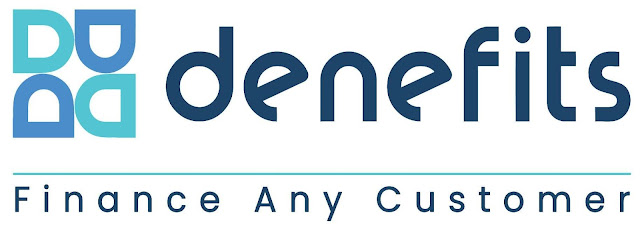In vitro fertilization or commonly referred to as IVF is a fertilization process in which an egg(s) is fertilized with sperm outside the human body. When the IVF process takes place, matured eggs are taken out of the ovaries and then fertilized by sperm in a laboratory. After successful fertilization, the embryo is planted in the uterus.
The IVF process
When the IVF process is initiated, fertility medication is given to the patient. This process takes several weeks or in some cases, even months. Fertility medication helps ovaries to produce healthy eggs. Once eggs get matured, they become ready for the fertilization process, which initiates ovulation.
To track the process, regular checkups are done. A thorough examination is required to track egg production and hormone levels. Once eggs get matured, the doctor retrieves them through minor surgery.
The retrieved eggs are then fertilized with sperm in the laboratory. They are then stored in a special glass container or a tube, where actual fertilization takes place. Once fertilization occurs, the embryo is implanted into the uterus.
Now, a woman gets pregnant when any of the embryos get attached to the lining of the uterus.
The average cost of IVF
The whole IVF process is indeed expensive. The average cost of one in vitro fertilization cycle is around $12000. It should be noted that it does not include medication costs, which could be at least $1500 to $3000 for each cycle. On an average couple spends around $19,500 and for every additional cycle, they pay an average additional of $7,000. So, opt for Denefits enhanced patient financing platform for medical procedures of all ranges.
Believe it or not, every woman yearns to experience motherhood. Science has made it possible for all, but affording to the expensive treatments can be hard. Hence, with the right healthcare patient financing, patients don’t have to worry about these costly procedures. Denefits medical procedure financing gives its patients a chance to opt for any treatment, whether affordable or not. There is no credit check and you get the approval, instantly. Moreover, Denefits healthcare finance provides an option to pay as per your preference, either monthly or even yearly. Denefits has made a simple process for its patrons. Get Denefits and experience a beautiful emotional roller coaster of motherhood with your partner.
The ever-rising cost of healthcare medical financing has forced the patients to look for alternative patient financing options. These costs associated with most healthcare plans and healthcare lending solutions/ companies often get so expensive that consumers struggle to make timely payments. The variety of economic brackets of the patients makes it unaffordable for low-income holders or self-employed individuals. If you plan to include your family in a healthcare insurance plan, it even makes it more difficult to afford. Moreover, actual medical coverage often does not cover pre-hospital expenses, surgeries, etc.
Denefits offers perfect patient financing for you and your family. Denefits healthcare financing & lending solutions cover all new and pre-existing medical conditions. Denefits offers instant patient financing, a 100% approval rate, and no credit checks. Denefits has flexible plans with low-interest rates against pre-hospitalization charges, hospitalization charges, post-hospitalization charges, and ambulance expenses.



















 Go to
Go to  It is an ideal option for anyone looking for free dental work. Remote Area Medical(RAM) is one of the well renowned non-profit organizations that do free dental work across the country. They bring in several dentists from local practices and have all their chairs filled all day. First come, first served. ADA(American Dental Association) also organizes multiple events throughout the year to help patients suffering from dental problems.
It is an ideal option for anyone looking for free dental work. Remote Area Medical(RAM) is one of the well renowned non-profit organizations that do free dental work across the country. They bring in several dentists from local practices and have all their chairs filled all day. First come, first served. ADA(American Dental Association) also organizes multiple events throughout the year to help patients suffering from dental problems.


